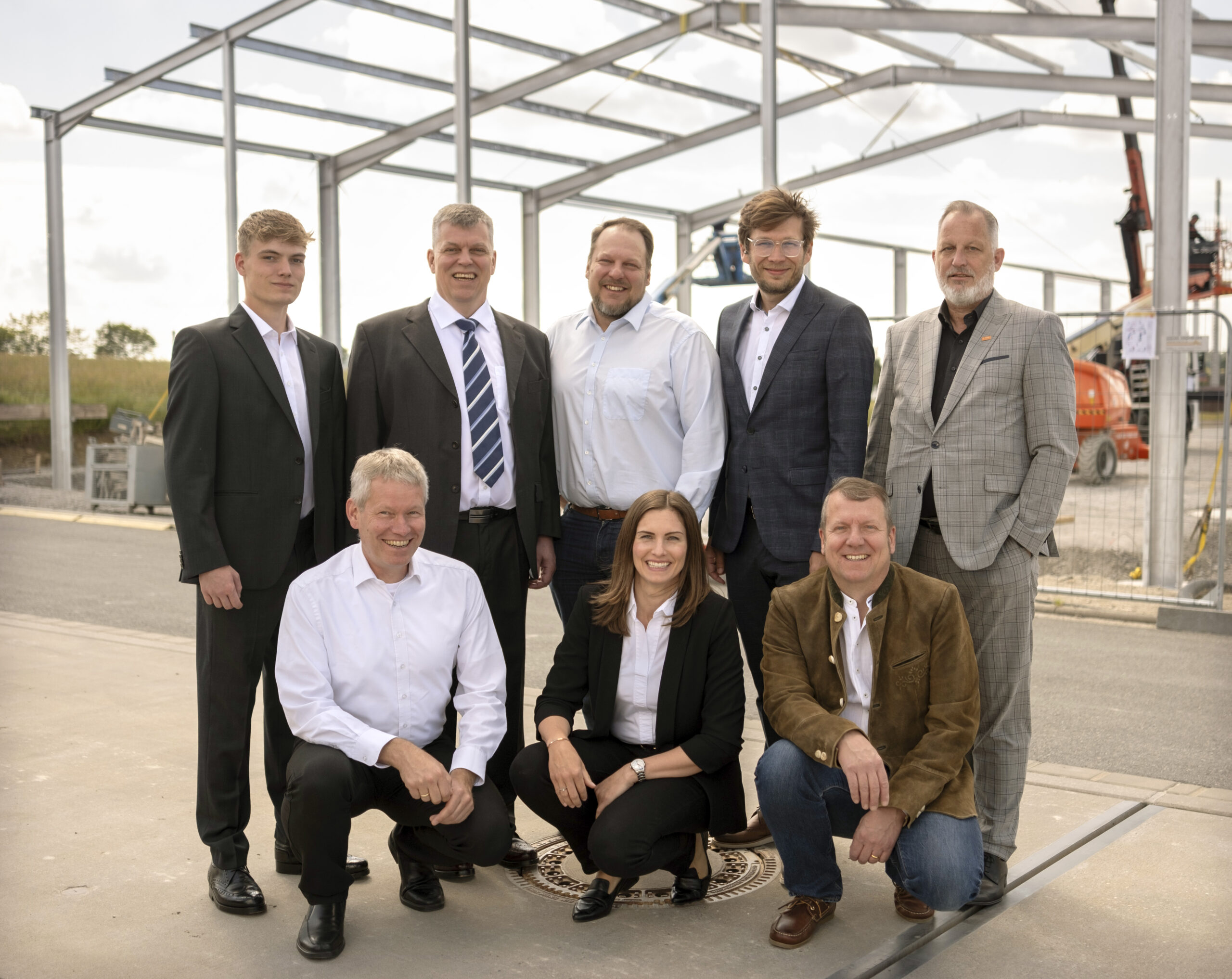
BASF and WHW Recycling GmbH have entered an agreement on the processing of cathode and anode waste.
WHW Recycling, a joint venture between Walch Holding and Štefan Hanigovský, owner of the Slovakian waste management company Fecupral, is a specialist in the recycling of electrode foils. Through the processing of cathode and anode foil waste from battery cell production for electric vehicles, valuable raw materials can be recovered and fed into various value chains. With the separation of materials, WHW Recycling complements BASF’s processes of collecting production waste and feeding the recovered raw materials into various value chains for further processing.
From the end of the year, cathode and anode foil waste from battery cell production will be processed and separated into its components in WHW Recycling’s two new separation plants in Baudenbach, Germany. Most of the recyclable materials can be recovered up to a highly pure form due to an innovative process patented exclusively by WHW Recycling. Cathode foils consist of a thin aluminum foil coated with cathode active material. The aluminum material used in the cathode foils can be separated highly efficiently from the cathode active material in the cathode separation plant and reused as a metal fraction. After separation, BASF will refine the resulting impure cathode active material and the resulting battery grade minerals can be re-used as a raw materials for cathode active material production. Copper processed in the anode foil as a carrier material and graphite can be used as recovered raw materials after processing in the anode separation plant.






